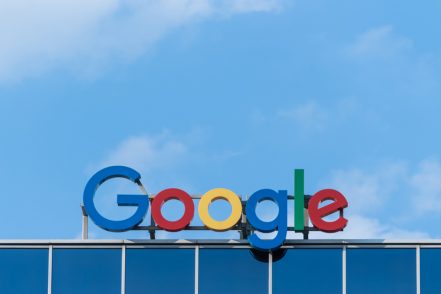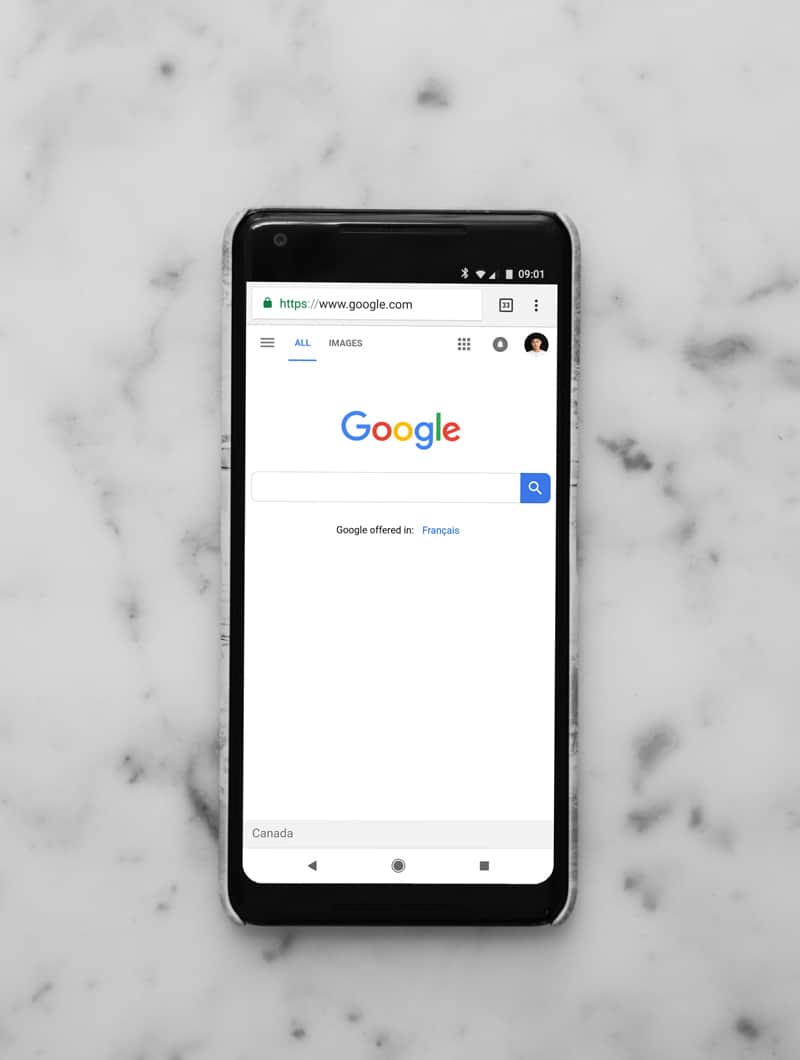- General Blogging
Mobile-First Indexing Emails From Google: What Do They Mean?
•

What is Mobile-First Indexing?
Mobile-first indexing was actually launched in March of 2018 by Google. The premise, put simply: Before this product launch, the Google crawler would download the desktop version of your site and use that for the indexing of your content. Now, since a vast majority of Google users are on mobile phones, Google switched to downloading the mobile version of your site first, rather than desktop.Why Did I Just Get This Email?
Google is only sending this email to people with responsive sites, or with desktop sites similar enough to their mobile sites that Google can download just one version. If you didn’t receive this email in the past and are just receiving it now, that’s fine. There’s a LOT of sites on the Internet and even Google takes time to process them all. They may have just now gotten to you, and it’s not cause for concern.
What Do I Do Now That I Got the Email?
For the most part, this is business as usual. This should not have a huge impact to your rankings, and just means that a different Google spider is crawling your site (Googlebot Smartphone instead of regular Googlebot). What this should be is the last thing that finally pushes you over the edge to think about your site in a mobile-first universe, if you’re not there already. It goes without saying: If you aren’t already in a mobile-first mindset, let’s change that. When you do a post, browse your site on your phone first to see how it looks. If you make a design change, such as increasing font size, look at how it impacts your mobile site first. If you’re doing a whole-site redesign, conceptualize that for mobile first and then make sure it looks good on desktop afterward, rather than the reverse. Basically, optimize your site for 80% of your users, not 20%.
What Does This Mean For Mediavine Publishers?
We’re actually really excited for the official move to mobile-first indexing, since that’s how we operate at Mediavine in terms of design features and ads alike. When we work on page speed optimizations and encourage publishers to do the same, we focus on mobile; Google should now appreciate such tweaks even more. Because we lazy load our ads to make sure your mobile sites are only loading 1-2 ads at page load, we’re already optimized for light and fast mobile-first indexing. However, being fastest of ad management companies isn’t enough. We want Mediavine publishers to be the fastest sites on the Internet, regardless of advertising. We’re obsessed with page speed, and constantly working behind the scenes on new ways to optimize for publishers that are as obsessed with user experience and speed as we are. We can’t wait to unveil more of these changes soon and make sure every Mediavine publisher that values user experience and rankings as much as revenue can have it all!About the author
Share this page